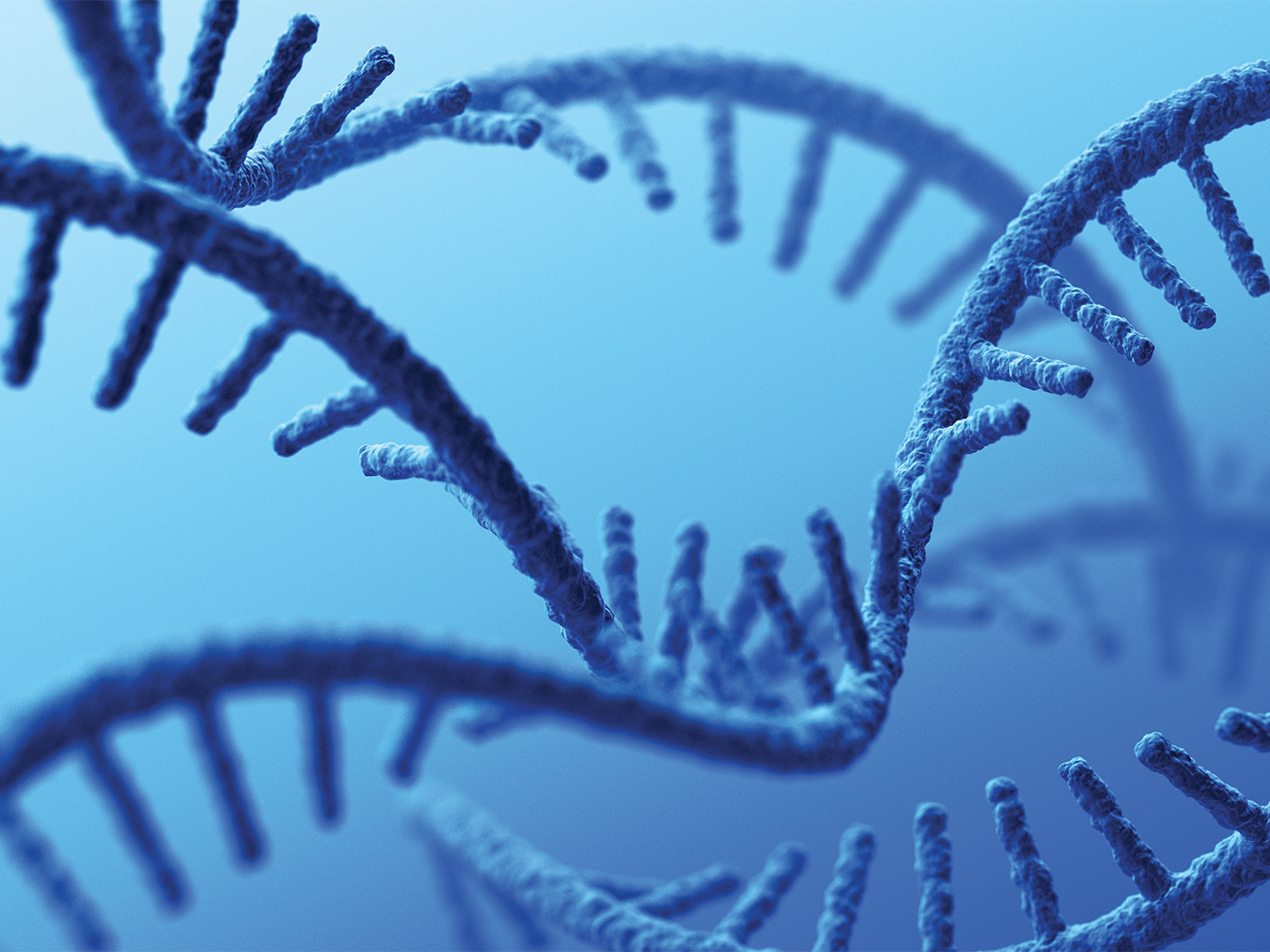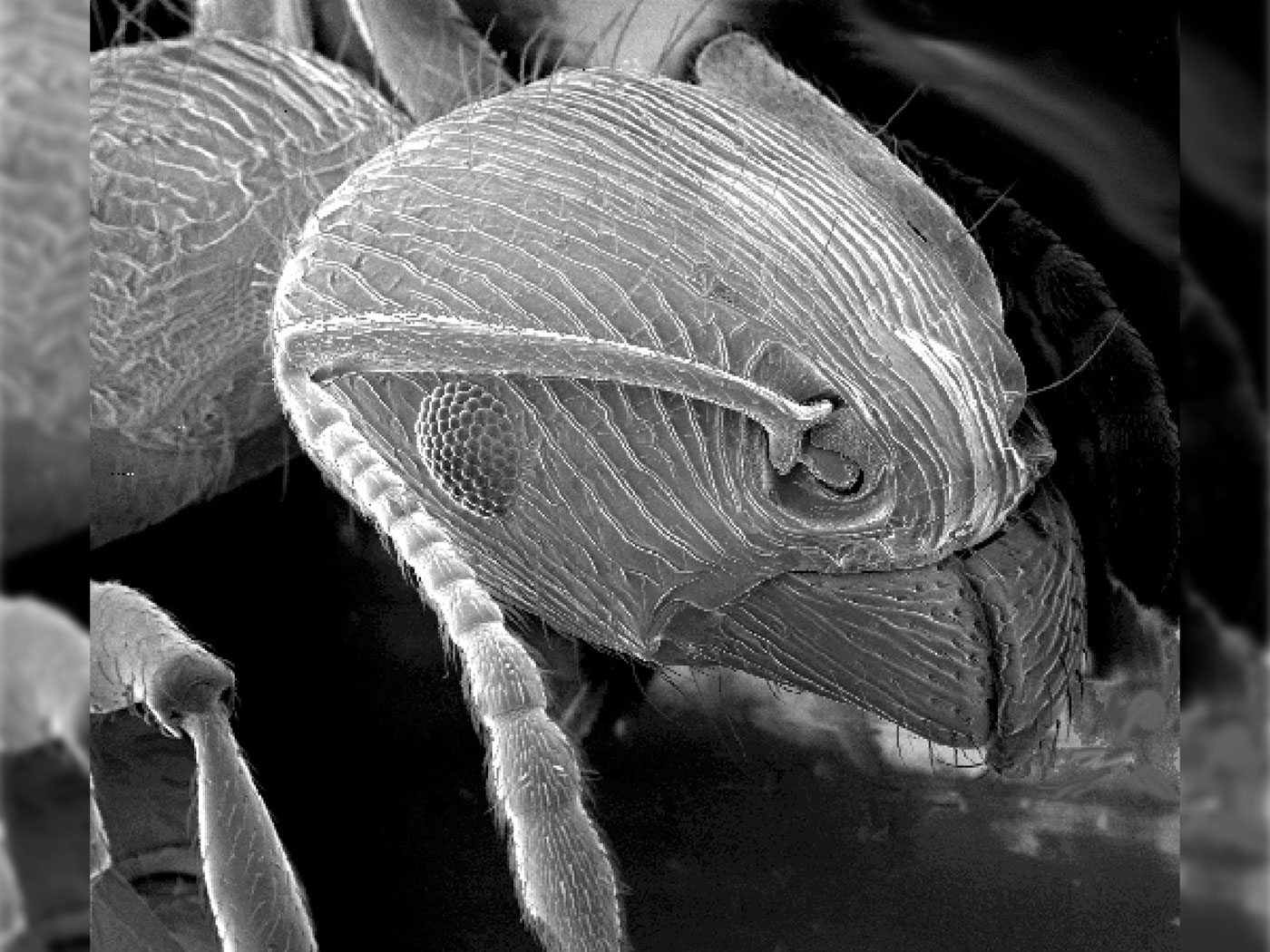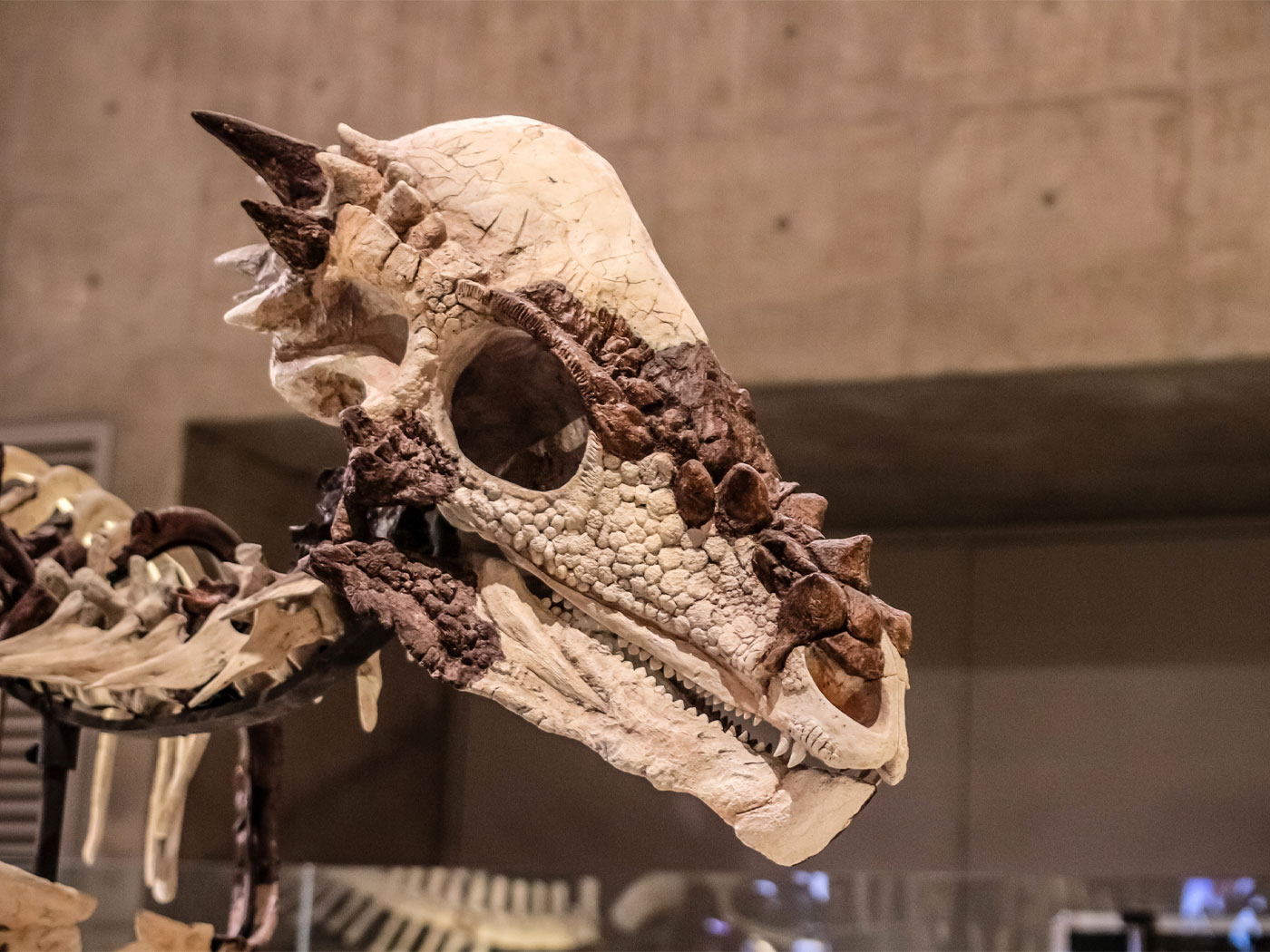Every person is an important ecosystem for a wide variety of microorganisms. Whether it’s the bacterial collection of coliforms in our large intestine, streptococci in our mouth, or the diptheroids on our skin, it’s the normal flora or normal microbiota. The microbial colonization of our gut, for example, supports the digestion of complex nutritional components and activates anatomical changes of the intestine. This total collection of flora is called the microbiome1 and it continues to amaze scientists. For example,
This is yet another fascinating discovery of microbiome function. Research by Jonathan Stamler, M.D. has uncovered a form of “interspecies communication” regarding the microbiome. Nitric oxide (an important signaling molecule in many physiological processes) is secreted by bacteria “that allows them to communicate with and control their hosts’ DNA, and suggests that the conversation between the two may broadly influence human health.”2 Although not mentioned in the article, this chemical communication channel is monitored by the microbe interface (the human immune) system.3 This interspecies communication investigation points to the importance of the microbiome and the designed microbe interface system created to be a bridge of communication between it and the host.
Using logic rather than philosophy (evolution was not mentioned in the ScienceDaily article) Stamler and his team predicted that there would be a common language utilized by the bacteria comprising the microbiome. Furthermore, this common language would be a form of communication researchers could identify. They found it to be this free radical, nitric oxide, a wide-ranging mechanism by which gut bacteria can communicate with human and mammalian hosts. Specifically, nitric oxide was found to attach to thousands of human proteins in a carefully regulated manner of cellular signaling called S-nitrosylation. This occurs by covalent (chemical) attachment of nitric oxide to the amino acid cysteine. S-nitrosylation is found in everything from plants and bacteria to all mammalian cells.
In this study, they used the gut bacteria that secreted nitric oxide within the tiny nematode C. elegans to see how the worm could completely change its “ability to regulate its own gene expression.” The scientists then chose a protein called argonaute, or ALG-1, that turns off unnecessary genes when nitric oxide attaches to it including important developmental genes—too much nitric oxide therefore impairs healthy development. They determined mammalian hosts in the wild can “adjust to accommodate changing nitric oxide levels” so this doesn’t happen.
Evolution has nothing to do with this critical symbiotic relationship. It appears Nitric oxide signaling was clearly designed. ![]()
Nitric oxide signaling is one more fascinating discovery regarding our designed microbe interface system and the microbiome. Evolution has nothing to do with this critical symbiotic relationship. It appears Nitric oxide signaling was clearly designed.
References
1. Sherwin, F. 2016. Applying Design Analysis to Microbiome Research. Acts & Facts. 45 (2): 16.
2. New ‘interspecies communication’ strategy between gut bacteria and mammalian hosts uncovered. ScienceDaily. Posted on sciencedaily.com Feb. 21, 2019, accessed March 8, 2019.
3. Sherwin, F. 2018. How Bacteria Help Our Bodies Survive. Creation Science Update. Posted on ICR.org July 26, 2018, accessed March 10, 2019.
*Mr. Sherwin is Research Associate is at ICR. He has a master’s in zoology from the University of Northern Colorado.




















